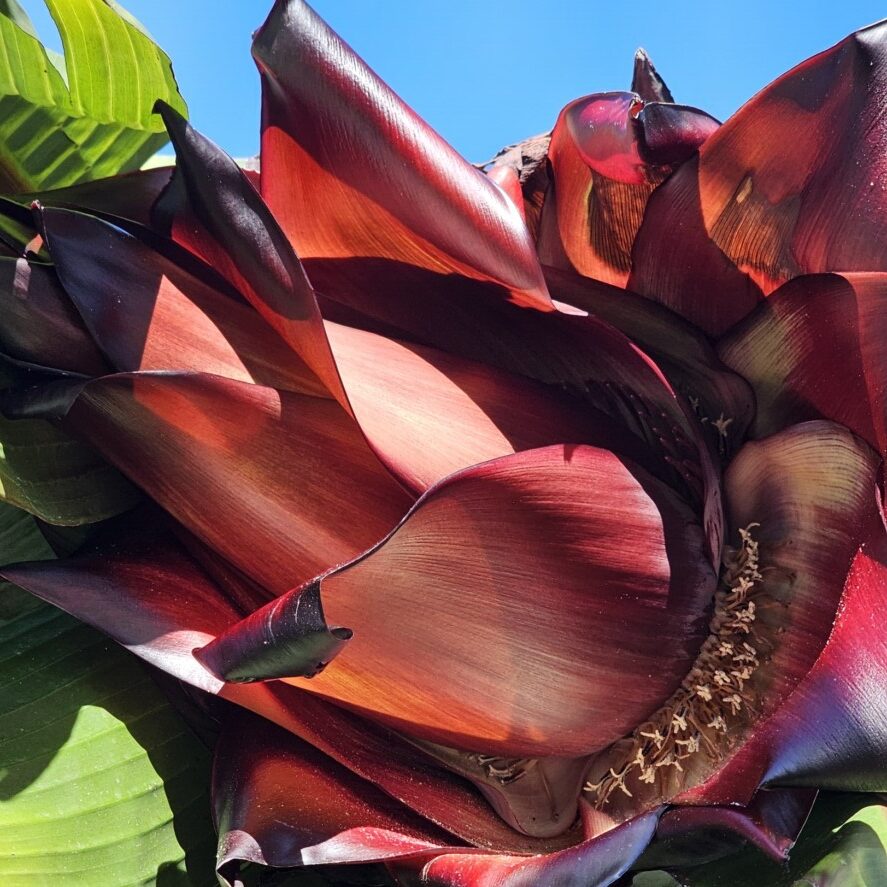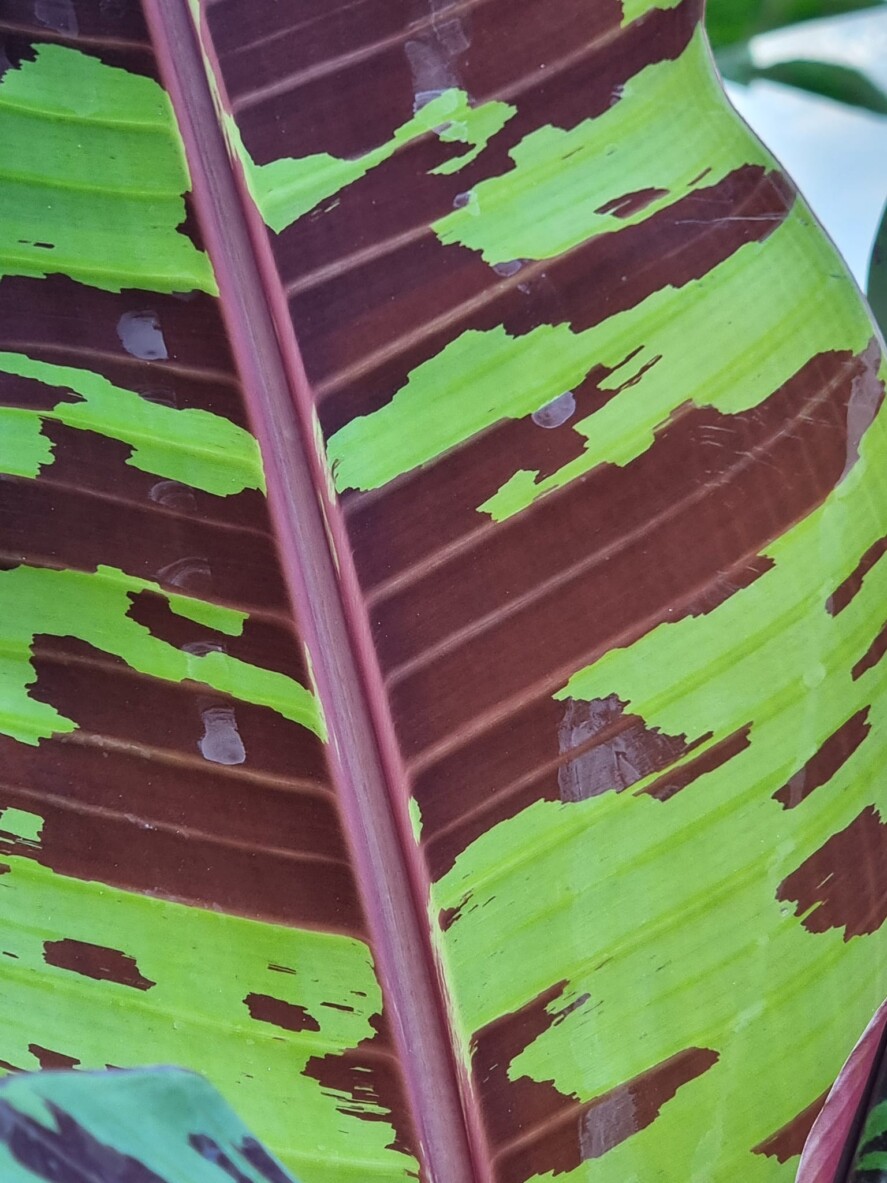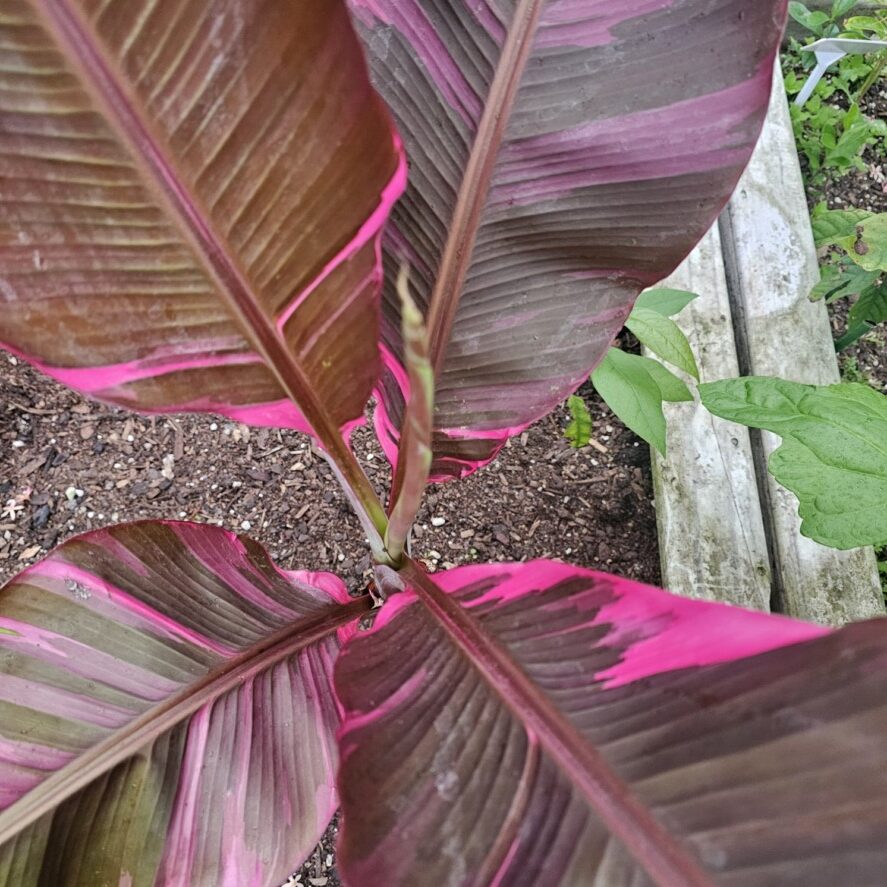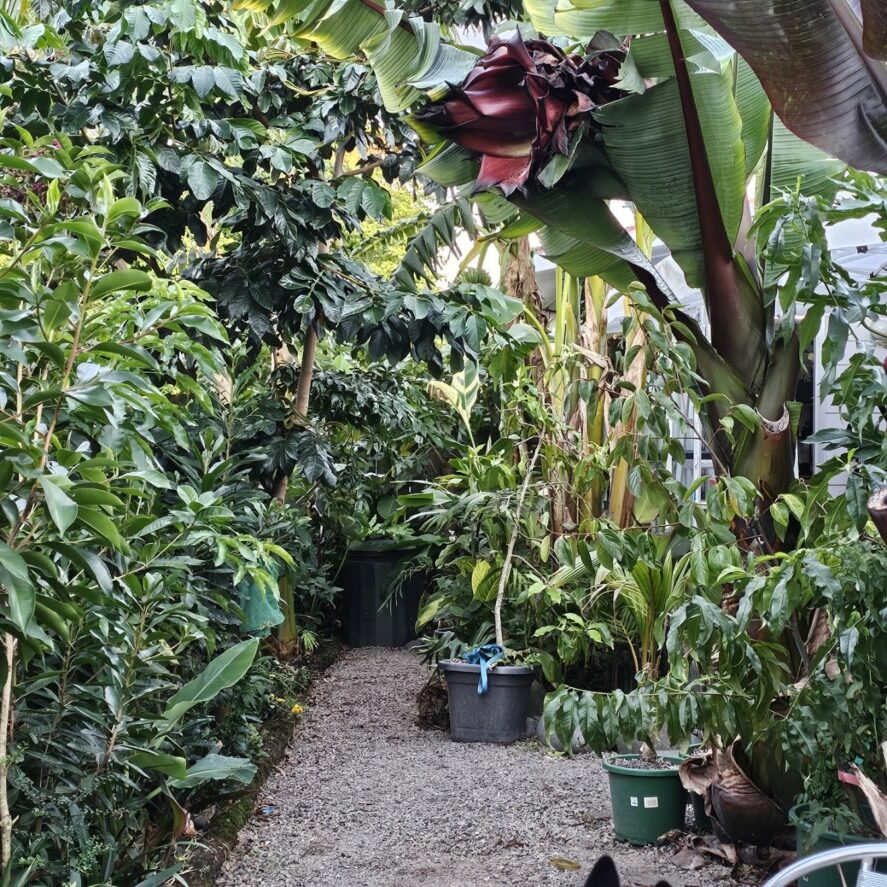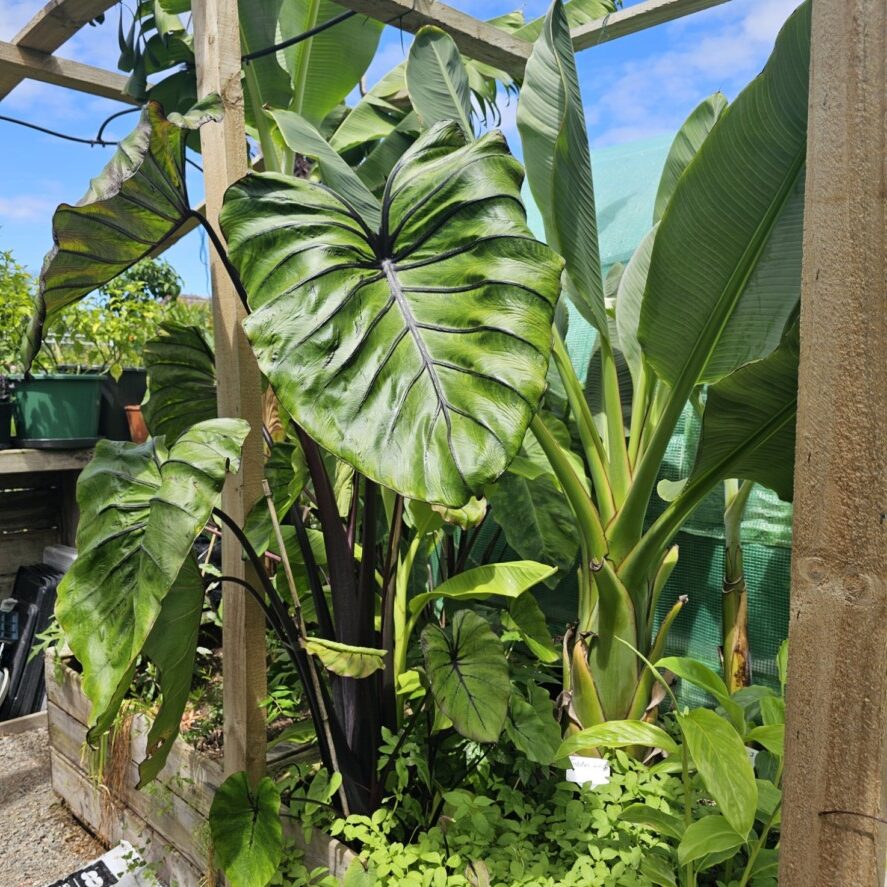Bird of Paradise 'Strelitzia Reginae' – The Classic and Timeless Orange Bloom
Bird of Paradise, specifically the ‘Strelitzia Reginae’, captivates you with its striking orange and blue blooms that resemble a tropical bird in flight. This vibrant plant not only adds a burst of color to your garden but also symbolizes exotic beauty and resilience. Whether you’re a seasoned gardener or just starting out, understanding how to care for this stunning perennial will ensure that its spectacular flowers continue to bring joy and elegance to your outdoor space for years to come.
Botanical Overview
The Bird of Paradise, scientifically known as Strelitzia reginae, is a stunning perennial plant celebrated for its unique, vibrant flowers that resemble exotic birds in flight. Originating from South Africa, this ornamental beauty thrives in tropical and subtropical climates, bringing a touch of the exotic to gardens and homes. With its broad leaves and striking blooms, the Bird of Paradise serves as a focal point in any landscape, effortlessly captivating your attention.
Plant Classification and Origin
Before delving into the physical attributes of the Bird of Paradise, it’s imperative to understand its classification. Strelitzia reginae belongs to the family Strelitziaceae and is part of the order Zingiberales. This elegant plant hails from the coastal regions of South Africa, where it flourishes in well-drained soils and enjoys full sun.
Physical Characteristics
Classification of the Bird of Paradise reveals significant features that set it apart from other flora. You will find its striking leaves can grow up to 18 inches long and are grouped in a fan-like fashion, creating a lush backdrop. The flowers emerge from sturdy stalks, showcasing vibrant orange, blue, and purple hues, attracting birds and pollinators alike.
Considering the overall appearance, your Bird of Paradise can reach heights of 3 to 5 feet, exhibiting large, glossy green leaves that create a tropical ambiance. The unique structure of its blooms, which can grow up to 6 inches long, makes it instantly recognizable. Not only do the flowers emerge from a rigid, banana-like sheath, but they also open up to reveal a striking profile. Thus, as you cultivate this plant, you can enjoy its stunning display while providing an enchanting focal point in your garden or indoor space.
Growing Requirements
Even though the Bird of Paradise is a resilient plant, understanding its growing requirements will ensure that you enjoy vibrant blooms. To thrive, this tropical plant needs the right combination of light, temperature, soil, and water. By meeting these needs, you can create the perfect environment for your Strelitzia Reginae to flourish.
Light and Temperature
By providing adequate light and temperature, you will help your Bird of Paradise reach its full potential.
| Light | Bright, indirect sunlight; some direct sunlight is acceptable |
| Temperature | Ideal range is between 65°F to 70°F (18°C to 21°C) indoors |
Soil and Water Needs
Soil quality and watering practices play significant roles in the health of your plant.
Indeed, well-draining soil is crucial for the Bird of Paradise to flourish. A potting mix enriched with organic matter improves drainage and nutrient availability. Water your plant consistently, allowing the top inch of soil to dry out between watering sessions. Overwatering can lead to root rot, while underwatering may cause stress. Striking the right balance will result in lush foliage and stunning blooms.
Cultivation and Care
Some key factors to successfully cultivate Bird of Paradise involve providing it with ample sunlight, well-draining soil, and adequate spacing. Ensure your planting site receives full sun for at least six hours a day, and keep the soil consistently moist but not waterlogged. Monitoring temperature conditions is also important, as these plants thrive in warm, tropical climates and may require protection from frost.
Planting Techniques
Any time you’re ready to plant, select a well-drained location and prepare your soil by mixing in organic compost to enhance nutrient levels. Dig a hole that’s twice the width of the root ball, place the plant at soil level, and backfill gently, ensuring the roots are well-spread. Water thoroughly after planting to help establish your Bird of Paradise.
Maintenance and Pruning
To keep your Bird of Paradise vibrant, regular maintenance and pruning are important. You should clean up any dead leaves throughout the growing season, as this encourages healthy new growth and prevents disease. Prune back any damaged or wilted blooms once they have faded to promote further flowering.
Due to its lush, tropical nature, maintaining the Bird of Paradise involves more than just occasional pruning. Frequent inspection for pests and diseases will help you act quickly if issues arise. Additionally, consider fertilizing every four to six weeks during the growing season to replenish nutrients, ensuring your plant remains robust and prolific in flowering.
Flowering Patterns
Many gardeners appreciate the unique flowering patterns of the Bird of Paradise, which offer striking visual displays throughout its blooming season. The iconic orange and blue flowers emerge from a distinctly architectured plant, creating a stunning contrast against its lush green foliage. As each bloom opens, the vivid colors attract attention and enhance your landscape, making it a favorite among landscape designers and enthusiasts alike.
Bloom Development
An impressive feature of the Bird of Paradise is how its blooms develop over time. The flowers begin as a tightly closed structure that slowly unfurls to reveal the vibrant petals, showcasing hues of orange and blue that captivate your audience. This gradual blossoming adds to the excitement of watching your plant thrive, celebrating nature’s artistry as it reaches full maturity.
Pollination Process
By understanding the pollination process of the Bird of Paradise, you can gain insights into its reproductive success. Pollinators such as birds and insects are drawn to the bright colors and nectar of the flowers, facilitating the transfer of pollen between blooms.
The Bird of Paradise relies heavily on pollinators, particularly sunbirds and bees, to achieve successful pollination. As these creatures visit the flowers for nectar, they inadvertently pick up pollen from the anthers and transfer it to the stigma of other flowers. This process ensures genetic diversity and enhances the overall vitality of the plant. To create a thriving environment for these pollinators, consider planting in groups and providing ample sun and water, making your garden an inviting haven for both the Bird of Paradise and its beneficial insects.
Common Challenges
Once again, the Bird of Paradise ‘Strelitzia Reginae’ can present some challenges for gardeners. It requires the right conditions to thrive, and without proper care, you may encounter issues such as stunted growth, poor blooming, or pest infestations. Understanding these common challenges will help you provide the best possible environment for your stunning orange flowers while ensuring their longevity and vibrancy.
Pests and Diseases
An unfortunate reality of gardening is the potential for pests and diseases to impact your Bird of Paradise. Common pests include aphids, mealybugs, and spider mites, which can weaken your plant and compromise its health. Fungal infections may also arise due to overwatering or high humidity, leading to further problems. Keeping a close eye on your plant and implementing preventive measures is imperative for maintaining its vibrancy.
Troubleshooting Growth Issues
Before rushing to fix problems with your Bird of Paradise, take a moment to assess your growing conditions. Factors such as lighting, watering, and fertilization levels can significantly affect the plant’s growth. By identifying any shortcomings in these areas, you can make necessary adjustments to promote healthy development.
Further examination of your plant’s environment will reveal insights into its growth issues. Ensure your Bird of Paradise receives ample sunlight, ideally at least six hours per day, and only water when the top inch of soil feels dry. Additionally, consider the type of fertilizer you are using; opting for a balanced, slow-release formulation will support steady growth. By systematically addressing these areas, you can help your Bird of Paradise flourish once again.
Landscape and Design Applications
Not only does the Bird of Paradise serve as a stunning statement plant, but it also enhances diverse landscape designs. Its bold, tropical foliage and vibrant blooms effortlessly draw attention, making it an excellent choice for focal points in gardens or entries. You can incorporate these stunning plants in mixed borders, as accents in tropical-themed gardens, or even in commercial settings, where their unique appearance creates an inviting atmosphere.
Garden Integration
Between beds of perennial flowers and lush greenery, the Bird of Paradise can bring a pop of color that transforms your garden. You might find that its architectural leaves complement a range of other plants, emphasizing not just its beauty, but also enhancing your garden’s overall aesthetic. Pairing it with ornamental grasses or palms can create a striking tropical vibe that invites exploration and admiration.
Container Growing
Between patios, balconies, and entranceways, the Bird of Paradise thrives beautifully in containers, allowing you to showcase its vibrant blooms wherever you desire. This versatility makes it an excellent choice for those with limited garden space or for adding drama to entryways or outdoor living areas.
Understanding the requirements of container growing is imperative for the Bird of Paradise to flourish. Choose a large pot with drainage holes and use a well-draining potting mix. Ensure your plant receives plenty of sunlight, ideally six hours daily, and water it consistently while allowing the top inch of the soil to dry between waterings. During the growing season, regular fertilization will keep your plant healthy and vibrant, providing stunning blooms to enhance your outdoor spaces.
To wrap up
To wrap up, the Bird of Paradise ‘Strelitzia Reginae’ stands as a classic emblem of beauty and resilience in your garden. Its stunning orange blooms not only add vibrant splashes of color but also draw attention from visitors and pollinators alike. By understanding its care requirements, such as light, water, and soil preferences, you can ensure that this timeless plant thrives in your space. Incorporating the ‘Strelitzia Reginae’ can elevate your landscape or indoor setting, making it a worthy addition to your plant collection.

